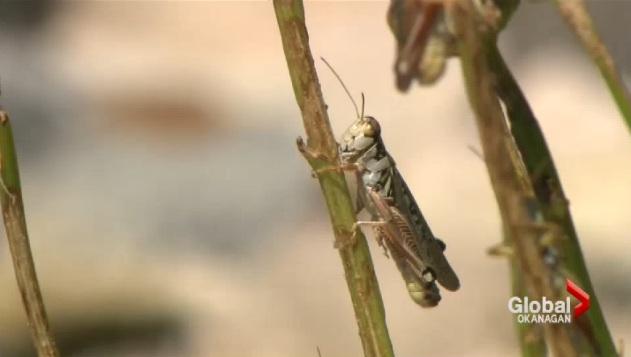A Saskatchewan expert on cereal crops said the outlook for the province in terms of crop yield isn’t looking promising for areas of the province this year.

“We are seeing a lot of crop conditions deteriorate across the province,” said Matthew Struthers, provincial cereal crop specialist. “Not many of the crops are rated excellent.”
He said that with the way things have been going for most of the summer, this week’s provincial crop report came as no surprise.
“The southwest and south central are where we are seeing the worst conditions,” Struthers said.
According to the crop report released Thursday, topsoil moisture in hay and pasture lands as well as croplands continues to decrease.
“Strong winds, drought stress, hail, extreme heat, grasshoppers and gophers took their toll on some crops this past week,” read the report.
“Cereal crops that cannot be harvested due to dry conditions and grasshopper damage are being salvaged for livestock feed to support neighbouring livestock producers.”

Struthers said the number of grasshoppers seen in a year correlates with the weather.
He noted the hot, dry conditions have been a trend since 2021, bringing the grasshoppers to an all-time high in 2023.
“They can rapidly go through their life cycle in this heat,” Struthers explained. “That means they are putting down a lot of eggs really, really quickly.”
He added that grasshoppers aren’t usually picky when it comes to choosing a crop to destroy.
“They are generalists when it comes to food, they will eat anything, especially when populations get high.”
Between the grasshoppers and the heat, Struthers said it wouldn’t be a surprise if many crops came in below yield average in the fall.
“We can just hope that we get the rain that we need here in the fall once harvest is wrapped up and then we can start 2024 on a good solid two feet with a lot of moisture out there.”




Comments